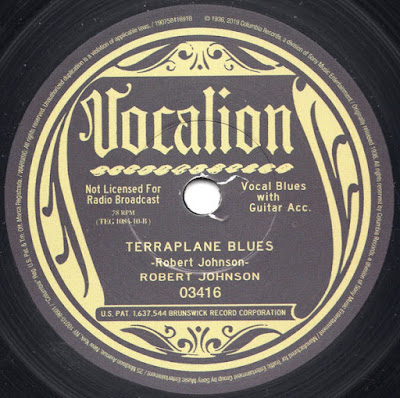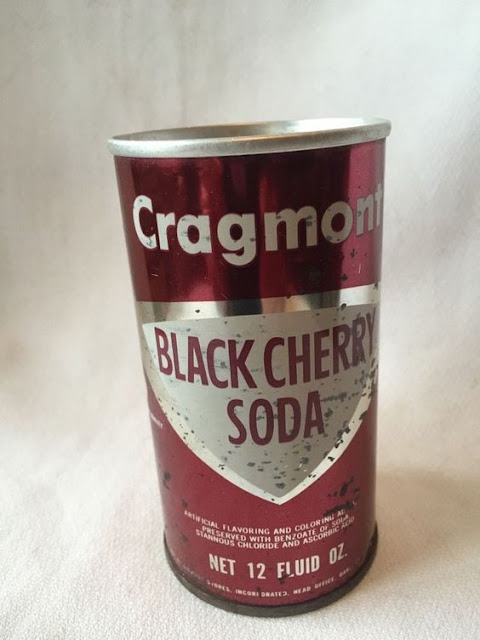Long derided by snooty food critics entirely too old to be eating in school cafeterias anyway, The classic American Public School Pizza is a beloved treat of generations of American elementary school kids.
In fact, I looked forward to pizza day so much, by second grade, I began devising new ways of getting extra slices. Flattery and fresh picked flowers for the lunch ladies worked. At the expense of my reputation with my classmates. But I'm not the kind to burp and tell.
But this rectangular treat has all but vanished from many modern school lunchroom menus. Replaced by bland, "healthy" foods.
The recipe had been preserved on schoolpizzarecipe.com, but this site has been offline. However, I got the recipe off Internet Archive and here it is for your drooling pleasure.
Crust:
- 2 ⅔ flour
- ¾ cup powdered milk
- 2 T sugar
- 1 packet of quick rise yeast
- 1 tsp salt
- 1 ⅔ cup warm water (105-110 degrees)
- 2 T vegetable oil
Filling:
½ pound ground chuck
½ tsp salt
½ tsp pepper
1 8oz block mozzarella cheese – grated yourself (To be authentic school pizza, you will have to use imitation mozzarella shreds.)
Sauce (Make sauce the day before):
- 6oz can tomato paste
- 1 cup water
- ⅓ olive oil
- 2 cloves garlic minced
- 1 tsp salt
- 1 tsp pepper
- ½ tbsp dried oregano
- ½ tbsp dried basil
- ½ tsp dried rosemary crushed
Crust:
- Preheat oven to 475 degrees. Spray pan with Pam and lay Parchment paper down (Pam makes it stick)
- In a large bowl – flour, powdered milk, sugar, yeast, salt – whisk to blend
- Add oil to hot water (110-115 degrees) – pour into your mixture
- Stir with a wooden spoon until batter forms – don’t worry about lumps – you just want no dry spots
- Spread dough into pan using fingertips until it’s even. If dough doesn’t want to cooperate, let rest 5 minutes and try again
- Bake just the crust for 8-10 minutes – remove from oven and set aside.
- Brown meat until it resembles crumbles – set aside and drain meat
- Get out the pizza sauce – to partially baked crust, assemble:
- Sauce – spread all over crust
- Sprinkle meats
- Sprinkle cheese
- Bake at 475 degrees for 8-10 minutes until cheese melts and begins to brown
- Remove from oven – let stand 5 minutes
- Cut in slices and serve.
Some of you may opt for gluten-free flour and real cheese, but that's missing the beauty of school lunch pizza, it's supposed to be a sinful treat.
Enjoy!





















































